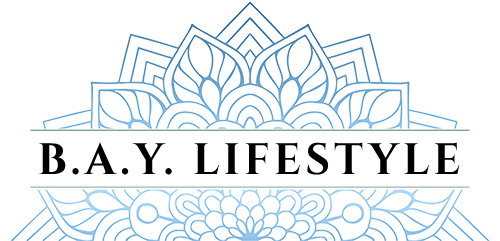In the vast and intricate discipline of yoga, pranayama – the art of breath control – stands out as a profoundly transformative practice. This ancient technique, rooted in the belief that life energy or ‘prana’ can be harnessed and directed through controlled breathing, offers a pathway to profound physical, mental, and spiritual well-being. Pranayama isn’t just about breathing; it’s about channeling the life force that animates every cell of our being, enabling us to harmonize our energy and attune to the rhythms of life. This article explores the transformative power of pranayama, examining how different styles can profoundly impact our energy, well-being, and the various moments of our lives.
Pranayama is derived from two Sanskrit words: ‘prana,’ meaning life force or vital energy, and ‘ayama,’ meaning to extend or draw out. It involves a range of techniques, each with specific rhythms, counts, and methods of inhalation, retention, and exhalation. The practice of pranayama goes beyond mere breath control; it’s a gateway to deeper self-awareness, emotional balance, and spiritual awakening. By mastering the breath, practitioners can navigate life’s challenges with greater calmness and clarity, harnessing the breath’s power to soothe the nervous system, sharpen the mind, and awaken higher consciousness.
The beauty of pranayama lies in its versatility and adaptability. Different pranayama techniques can be employed to suit varying needs and situations, making it a valuable tool for managing the ebb and flow of life. For instance, practices like Nadi Shodhana (Alternate Nostril Breathing) promote balance and tranquility, making them ideal for moments of stress or when seeking mental clarity. Techniques such as Ujjayi (Victorious Breath), often used during yoga asana practice, foster a sense of strength and focus, while Bhramari (Bee Breath) can provide immediate relief from anxiety or agitation, creating a resonance that calms the mind and soothes the nerves.
Incorporating pranayama into daily life can lead to transformative outcomes. Starting the day with a few minutes of pranayama can set a tone of calm and centeredness for the hours ahead. Similarly, turning to breathwork during moments of tension or fatigue can provide a quick, revitalizing break, restoring balance and focus. Moreover, ending the day with pranayama can promote relaxation and a deep, restorative sleep.
The impact of pranayama extends beyond immediate, situational benefits. Regular practice cultivates an inner reservoir of vitality and resilience, enhancing overall health and well-being. By attuning to the subtle nuances of the breath, practitioners develop a heightened sense of self-awareness and a deeper connection to their inner life and the world around them. This awareness fosters a mindful approach to life, where every moment is infused with presence and intention.
The transformative power of pranayama is an invaluable gift from the ancient tradition of yoga. As a practice that harmonizes body, mind, and spirit, pranayama offers a key to unlocking our full potential, empowering us to navigate the complexities of life with grace, vitality, and mindfulness. By incorporating different styles of pranayama into our lives, we breathe life into every moment, embracing the journey with each inhalation and finding peace with every exhalation. In the flow of the breath, we find the flow of life, ever renewing, ever evolving, ever inspiring.

